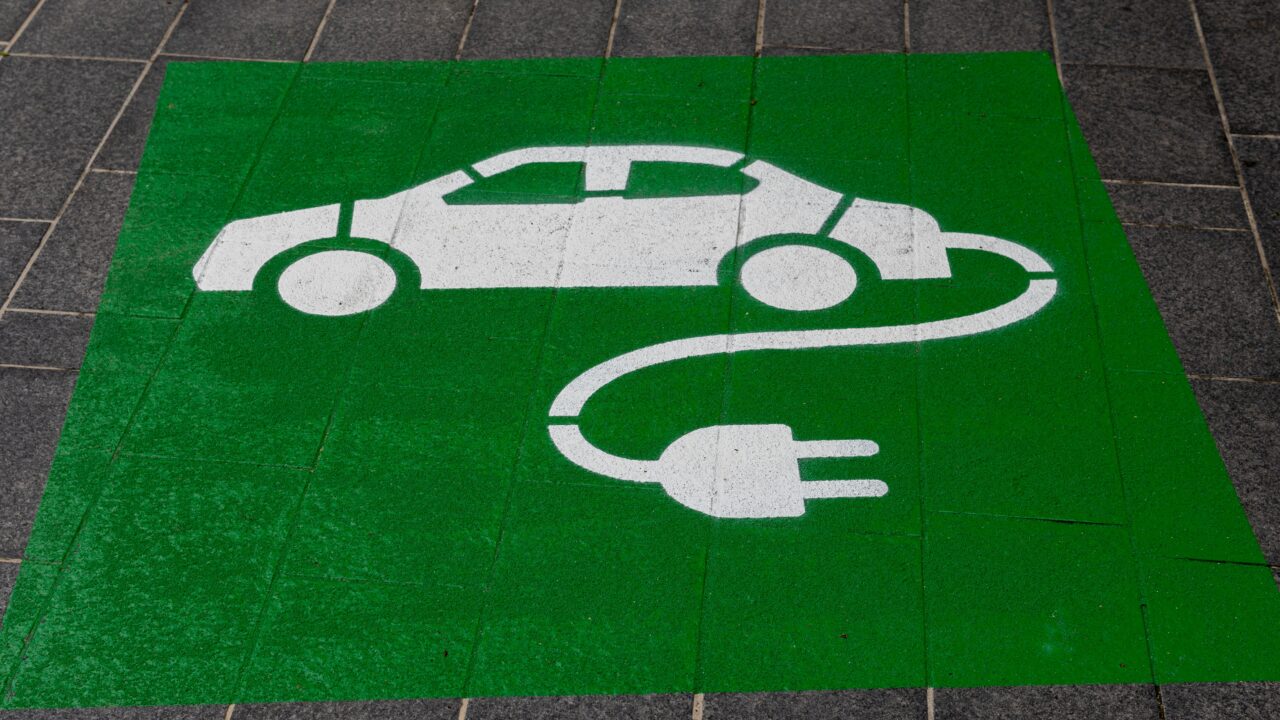Repair an electric vehicle? It could not be so simple. The press agency Reuters published a journalistic investigation on sustainability of EV Car, with some surprises.
“We’re buying electric cars for sustainability reasons,” said Matthew Avery, research director at automotive risk intelligence company Thatcham Research. “But an EV isn’t very sustainable if you’ve got to throw the battery away after a minor collision.”
The problem spins around two simple words: “zero reparability”. On some EVs the battery pack is structural with the chassis, so the substitution is quite impossible. The consequence? The production costs back to consumers and insurers.
Therefore, no repairer, insurer or expert can quantify the damage suffered by the battery, or be sure that a repair intervention after a possible accident has repaired the entirety of the damaged cells. The insurance companies are therefore forced either to replace the battery entirely, even if the damage is slight, or even to scrap the car if the replacement of the battery, which often “weighs” up to 50% on the price of the electric car, is considered uneconomical.
There’s another problem: The UK currently has no EV battery recycling facilities, Synetiq, the UK’s largest salvage company, has to remove the batteries from written-off cars and store them in containers. Hill estimated at least 95% of the cells in the hundreds of EV battery packs – and thousands of hybrid battery packs – Synetiq has stored at Doncaster are undamaged and should be reused.
The answer for the car industry on these problems is diversification. The circular economy and the entire earth’s ecosystem can’t support a circulating fleet made up only of electric cars. MIEEG is developing an electric micro-generator, scalable and usable on different types of vehicles, including hybrid cars. The advantage of this solution is to feed the micro-generator both using hydrocarbons and hydrogen also coming from wastewater, using air or oxygen as comburent. We firmly believe that technological development must follow the dual path of environmental protection and energy efficiency, contributing to the containment of emissions, and not releasing carbon dioxide.


